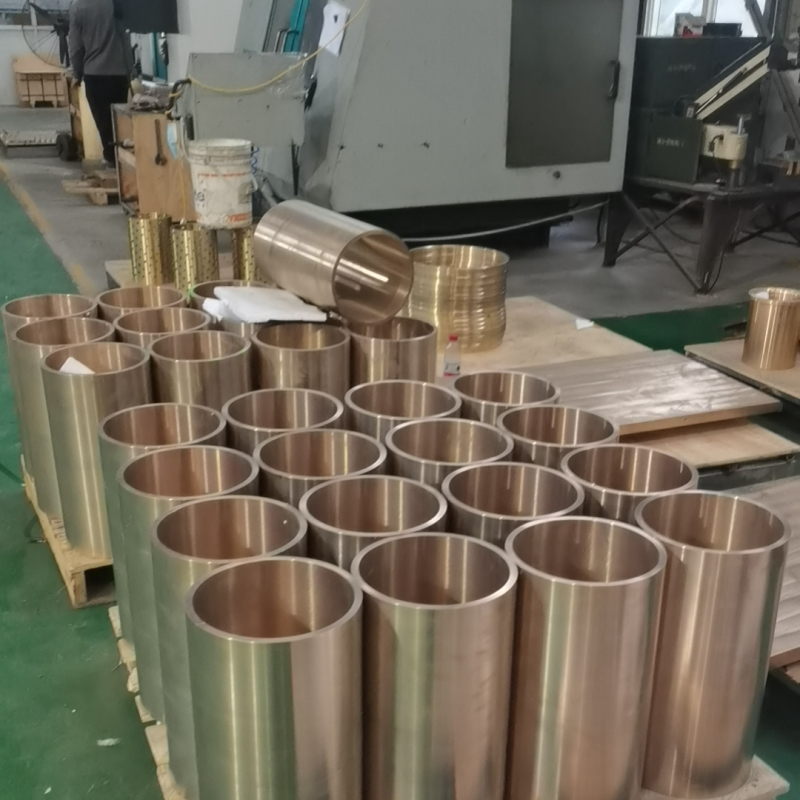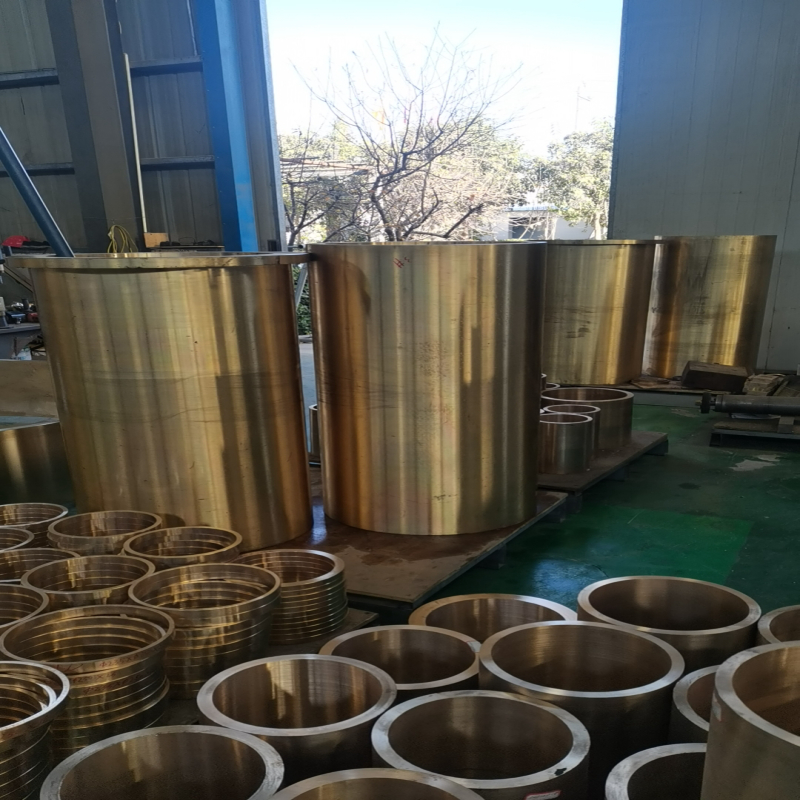 Mazhuang Village, Yuhe Town, Huixian City, Xinxiang City, Henan Province, China
Mazhuang Village, Yuhe Town, Huixian City, Xinxiang City, Henan Province, China
 Service Hotline +86 17630258963
Service Hotline +86 17630258963  Cell phone +86 17630258963
Cell phone +86 17630258963 Aluminum bronze and brass have the following main differences:
Aluminum bronze:
The main alloying element is aluminum, generally also contains iron, manganese, nickel and other elements.
Typical grades such as QAl9-4, containing about 8.0% -10.0% aluminum, iron 2.0% -4.0% and so on.
Brass:
Mainly composed of copper and zinc.
For example, ordinary brass H62, copper content of about 60.5%-63.5%, the rest is zinc.
Aluminum bronze: the color is usually purplish red or golden yellow, the color is deeper and heavier.
Brass: the color varies with the zinc content, generally golden yellow, when the zinc content is higher, the color tends to be white.

Mechanical properties:
Aluminum bronze: high strength, high hardness, excellent wear resistance, with good fatigue resistance.
Brass: relatively low strength and hardness, but with good plasticity and toughness, easy to process molding.
Corrosion resistance:
Aluminum bronze: excellent corrosion resistance, especially in seawater, atmosphere and some corrosive media performance is good, can resist chloride ion corrosion.
Brass: general corrosion resistance, in a humid environment or in contact with certain chemicals are prone to corrosion, especially dezincification corrosion.

Aluminum bronze:
Widely used in the field of machinery manufacturing, such as the manufacture of gears, worm gears, bushings, friction plates and other high-strength wear-resistant parts.
In the field of ships, marine engineering, etc., used in the manufacture of propellers, valves, pump bodies and other corrosion-resistant parts.
Commonly used in the manufacture of electrical components, plumbing equipment, hardware tools, such as faucets, valves, sockets and so on.
Due to its good processing performance and decorative properties, it is also used in the production of jewelry, handicrafts and so on.
